Twisted Tower is a first-person horror shooter that aims to combine the haunting atmosphere of games like BioShock with the whimsy of Willy Wonka and Disneyland. Players control Tiny, who is searching for his missing love interest Charlotte in the titular Tower. Along the way, players must explore nightmarish renditions of classic theme park attractions and battle sinister animatronic mascots being controlled by the mysterious Mr. Twister. A Steam demo is currently available for players to sample the first few hours of Twisted Tower’s chilling narrative.
Meanwhile, Game Rant recently spoke with Thomas Brush, Twisted Tower’s art director and project lead at Atmos Games, to discuss how his team made the switch from making 2D sidescrollers to a 3D FPS. He also shared insight into how Twisted Tower connects to Atmos’ past works, the team’s approach to crafting the game’s sinister but carnival-like environments, and even some of his favorite enemies and weapons. This interview has been edited for brevity and clarity.
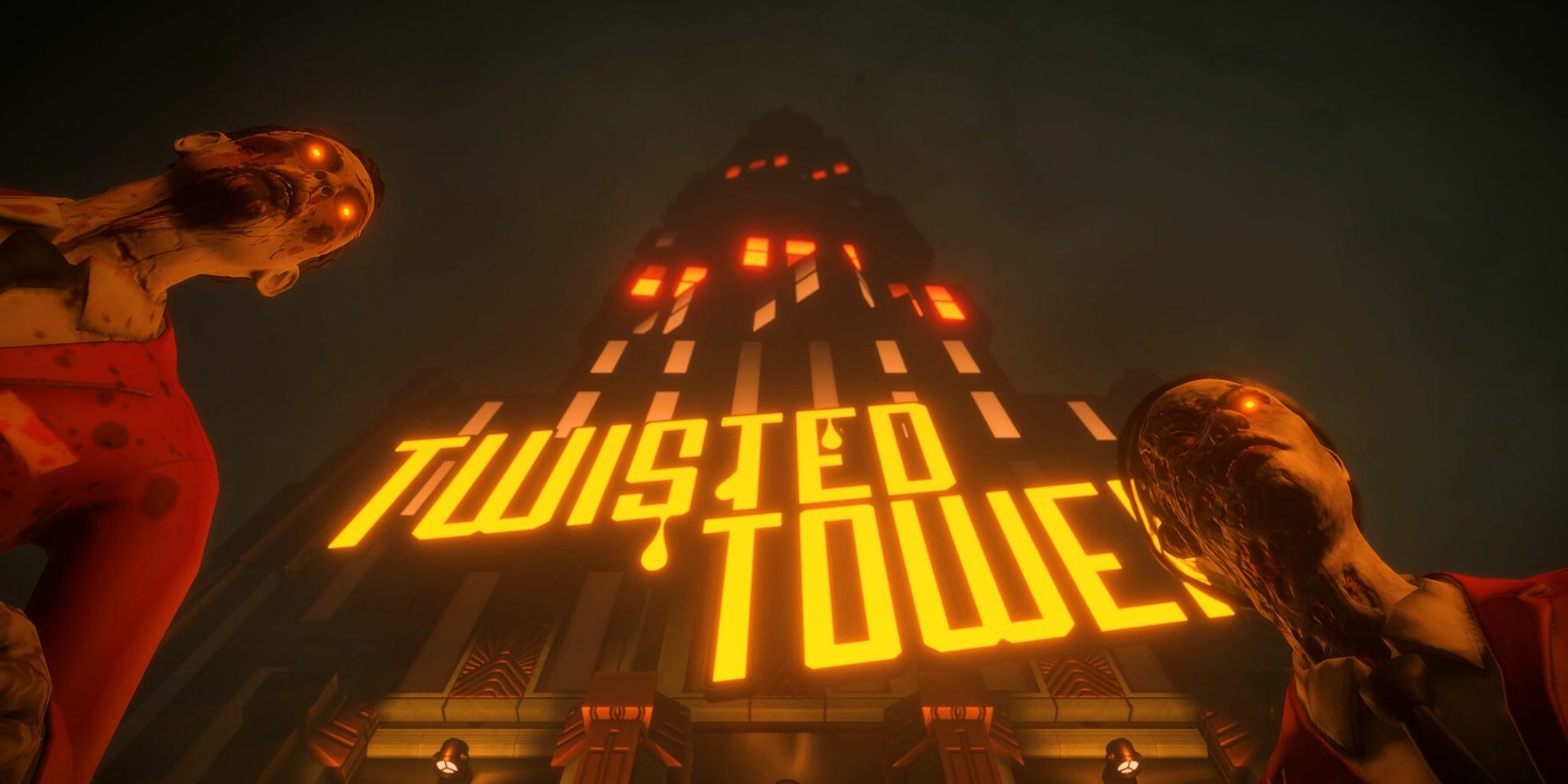
Related
Twisted Tower Preview: BioShock Meets Willy Wonka
Twisted Tower, the next game from indie developer Atmos Games, looks to combine the whimsy of Willy Wonka with the horror of the BioShock franchise.
How Atmos Made The Jump to 3D With Twisted Tower
Q. Your past projects were 2D sidescrollers. What challenges did you face in the switch to a 3D FPS for Twisted Tower?
A. I once made a video on YouTube called “Making A 3D Game Is Easier Than You Think”. That was a pretty ridiculous video in hindsight. Sure, setting up a pretty 3D scene in Unity with trees and a character controller is pretty straightforward. But everything else – you know – the stuff that makes a game a game, is insanely challenging in the third dimension. For example, level design. In 2D, the player can go vertical or horizontal. Getting lost isn’t nearly as problematic for your players. They’ll eventually figure it out. In 3D, players can truly get lost even in the most rudimentary of level designs.
This happened during one of our first play tests, and it was kinda devastating. The game was super boring, and it was because players just wanted to explore, when really, they weren’t supposed to explore at the specific moment. Additionally, when I first started making 3D games, I was completely ignorant to optimization, which is a major headache in 3D. If I’m being honest, Twisted Tower still needs some optimization work. This includes just about everything that is challenging when making games: lightmapping, physics, collision, and UI (especially as it pertains to creating a solid menu with all the settings a gamer expects to see in a 3D game).
Q. In the past, you’ve stressed that Twisted Tower would stay “on brand” with your past projects. In what ways does Twisted Tower do this after Pinstripe and Neversong?
A. I always tell my team members: I want to smell my games. To me, my games tend to smell like popcorn, cotton candy, the cool breeze from a storm merging on the horizon, and smoke. If anyone plays my games, my hope is they will likely experience this “smell.” There’s an atmospheric “scent” that I’m a little obsessive about. And it comes from those deep, core, nostalgic places in my childhood: the smell of popcorn before going to see a Tim Burton film, that angsty feeling of sitting next to your high school crush on a Ferris wheel on a cool, stormy October evening, or that subtle hint of wood smoke as you trek through a bleak unknown neighborhood on Halloween night. These are classic vibes that we all grew up “smelling.” They are the vibes that I still cling to – most other vibes I have forgotten.
Q. What would you say is the overall theme of Twisted Tower in terms of its story?
A. Are you worth it?
Q. How did you approach designing Twisted Tower’s environments and enemies?
A. The game was originally called Happy Hotel. At the time, I was obsessed with Hotel Cortez in American Horror Story. However, after our 3D artist went on a trip to Disney Land, we decided to integrate more Disney elements into the game. This, of course, put me, as the art director and project lead, into a bit of a panic. How exactly do I transform an art deco hotel into a theme park? The team realized we could simply change the Art Deco (1920s) style into Art Nouveau (which preceded Art Deco by about a decade, giving off more Victorian, fairy tale vibes). So that’s why, in the demo, you can see some art deco elements, but also plenty of flourishy, winding “fairy tale” elements. It’s a nice mixture.
Granted, Art Nouveau only got us halfway to the “fairy tale park” aesthetic. Simply leaning on Art Nouveau and old classical public domain songs made the world feel “classical”, but that’s about it. So, we began dressing the Art Nouveau flourishes with a heavy dose of carnival elements. Red and cream stripes, flags, banners, string lights, posters, popcorn machines, snack stands, a carousel, cartoon statues, and finally: public domain cartoon episodes echoing from distant halls.
Combine this with animal mascot creatures chasing you with knives, and you’ve got the ultimate “fairy tale 1950s theme park”. Capturing this “feeling” in the environments and characters was the most expensive and time-consuming part of this game’s creation. That, along with constantly remaking level designs, was by far the most challenging aspect. But I also think it’s the linchpin of the entire game. Without the mood and “fairy tale nightmare” vibes, the game is pretty much just a standard mid-2000s shooter. Creating a mid-2000s shooter was always the goal. I grew up on those games. But dressing it in a nightmarish fairy-tale theme was what we believed would make the game stand out and shine. And we think we’ve done that!
Q. What is your favorite character/enemy design in the game? Likewise, what is your favorite weapon in the game?
A. Mr. Quackers always freaks me out. He didn’t always rush the player like he does now, but my brother said a duck with a shotgun is the perfect enemy to rush the player. Now it’s one of the scariest enemies in the games. Watching streamers encounter Mr. Quakers is really fun. As for the weapons, my favorite is definitely the Ticklin’ Tommy. I’m super proud of the design Felipe did, and I’m also really proud of the reload animation and shoot animation. It just feels really punchy to shoot.
Q. Twisted Tower features a “toyish arsenal.” What can you tell us about your approach to weapon design and getting them ready for launch?
A. We spent a lot of time looking at old toy guns on Google Images. We found specific elements that were typically in these toys. Things like rubber bands, marbles, cheap wooden handles, plastic tips, painted tin, darts, etc. The problem with this is that, at least on the surface, you’re going to have a weapon that doesn’t feel punchy or powerful because, well, it’s strapped together with tin and rubber bands. Sure, the gun might look funny and interesting, but it doesn’t feel good to shoot, and there’s no fun in that.
But the sound design really solved that issue almost immediately. Instead of trying to make the gun sound “toyish,” we simply said screw it and just used actual gun sounds with subtle toy sounds at the tail end of the sounds, or during reload animations. For example, a rubber band sound during reload was all we really needed for the Miss Fire rubber band pistol. Everything else was pretty standard gun sounds, and it works.
Q. The demo mentions certain paths being made available in later playthroughs. How will the game handle replayability?
A. Right now, there are a dozen or so unique “forks in the road” throughout the game. Upon playing a new fresh game, they are randomly chosen. However, after beating the game, all the alternative paths are set up in that save file for “Adventure Plus” mode. So, players can get a random experience, or experience the alternative paths they played in their first run.
Q. So far, Twisted Tower has only been confirmed for PC. Could we see a console release down the line?
A. I’d love that. There are several platforms I think it would do well on. My hope is it’s proven on Steam, and I can justify the time and effort of bringing it to consoles.
Q. Is there anything else you would like to share?
A. My gut is there’s a gap in the market for games like this. Games inspired by Half-Life, Bioshock, etc. When I envision my “ideal player,” it’s someone like me: an exhausted dad at the end of the day who just wants a simple, story-driven, linear shooter that he used to play in his teenage years. Twisted Tower is a story-first, mood-first game, and it’s meant to be that way. And I think players are hungry for these kinds of games. I’m hopeful Twisted Tower can fill that gap in the market!
[END]
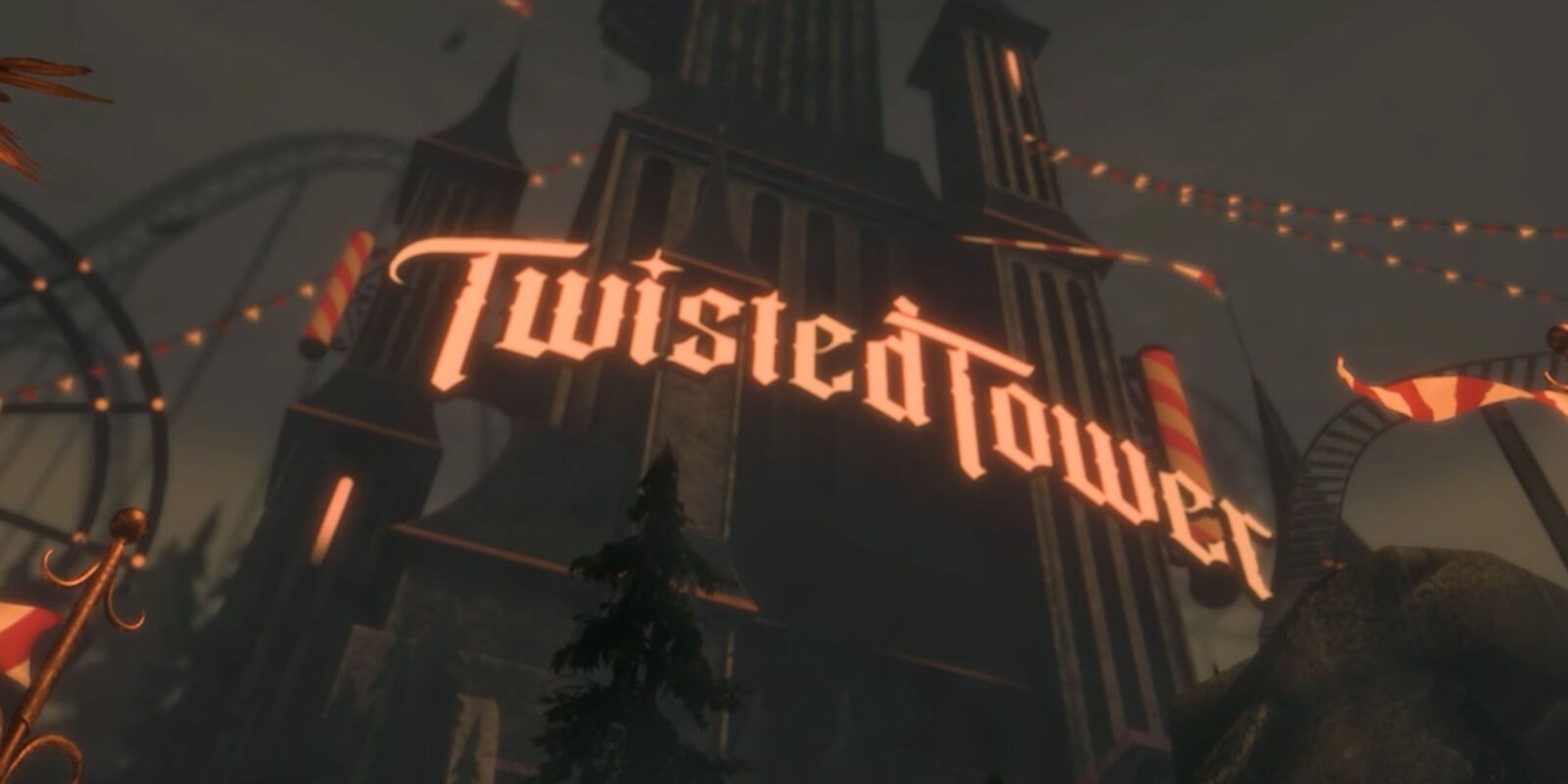

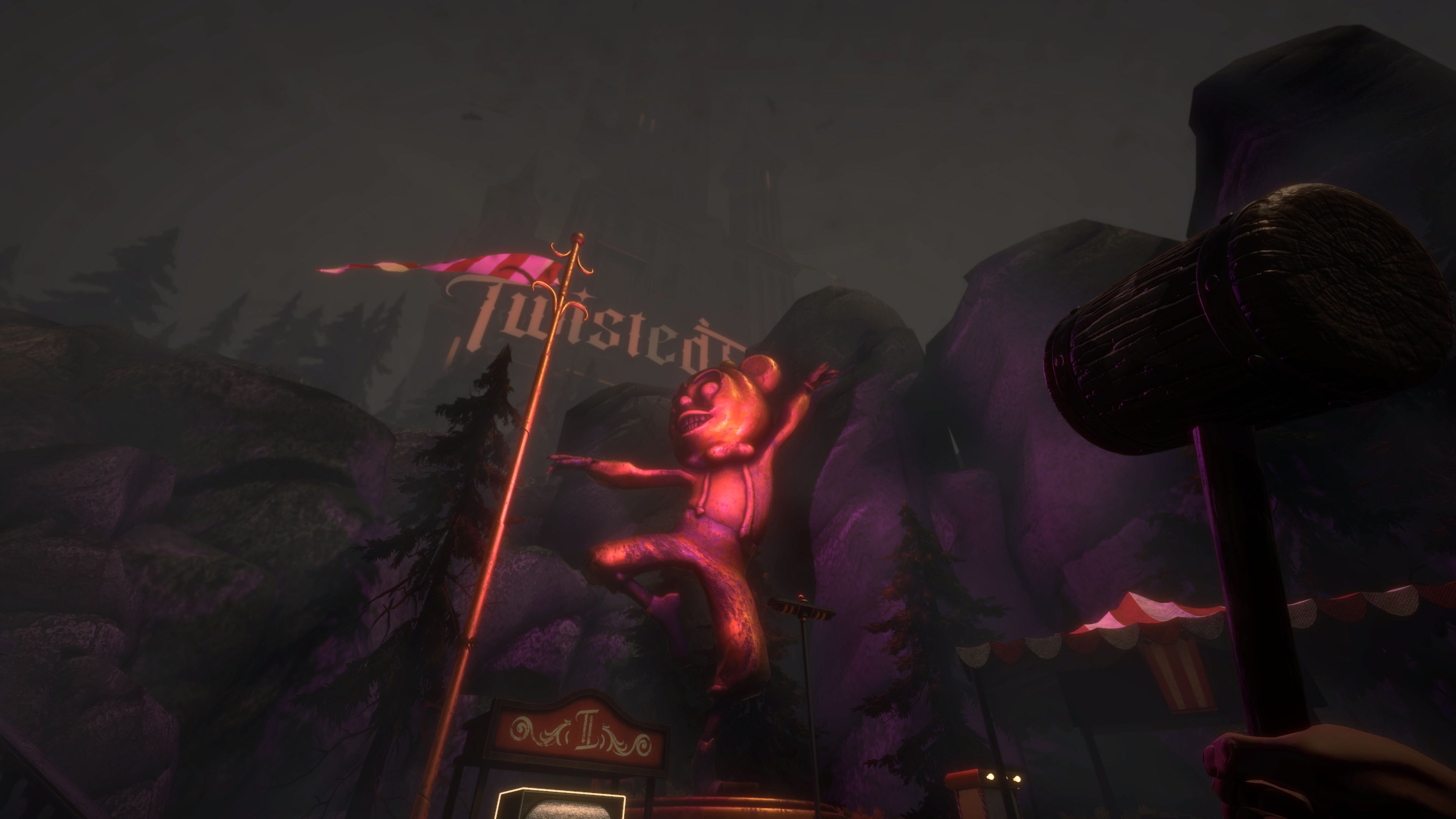
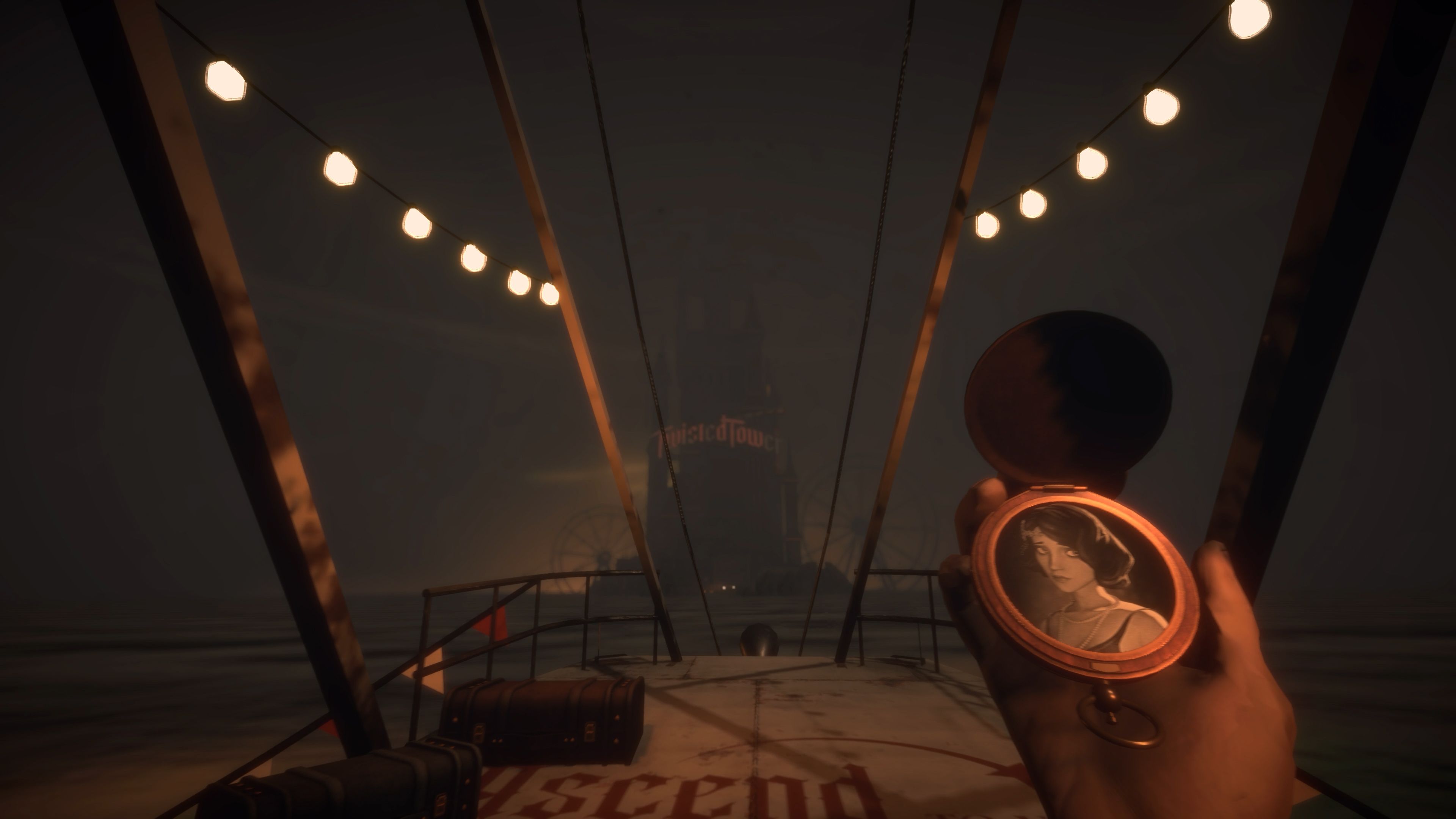
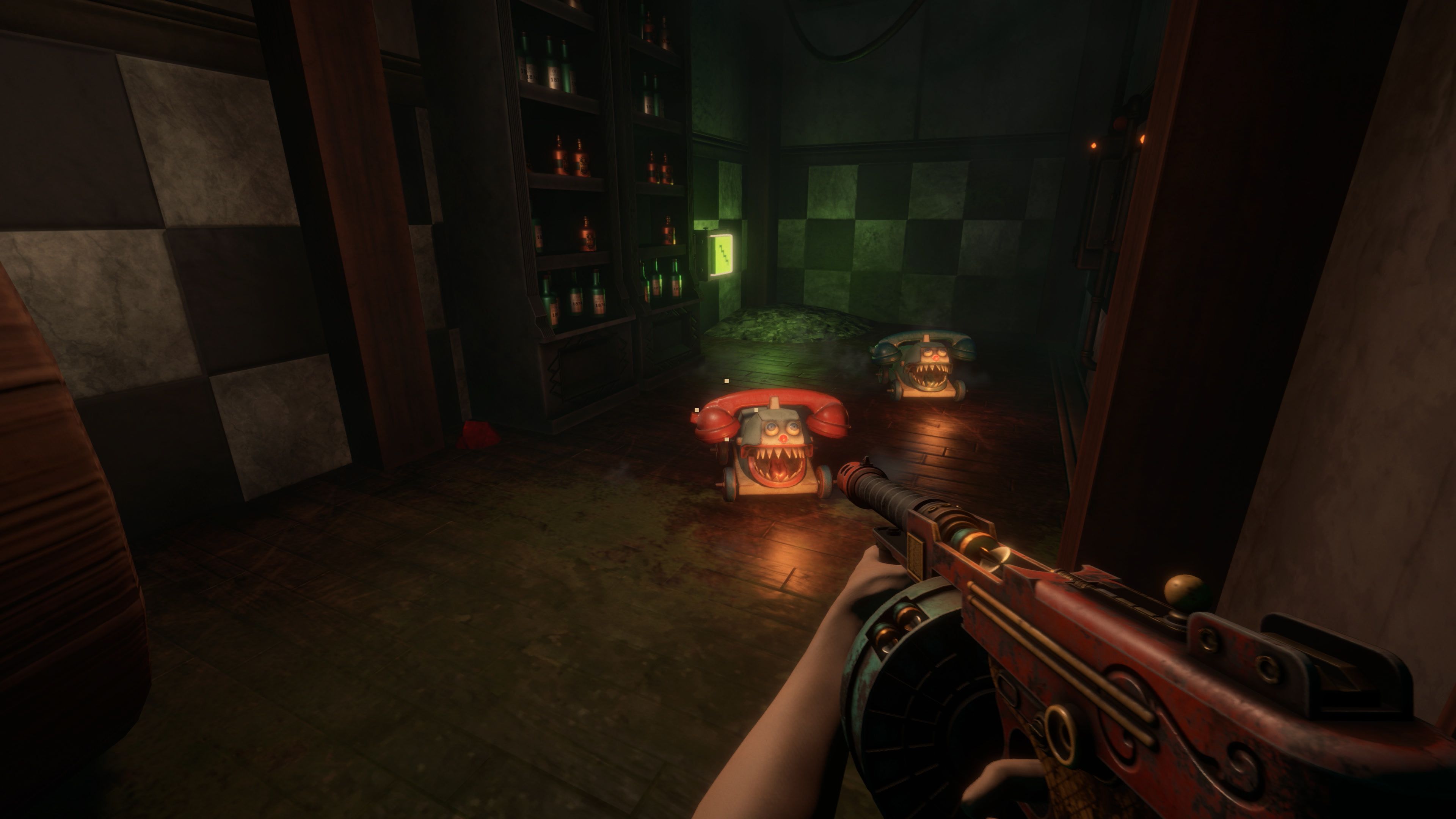

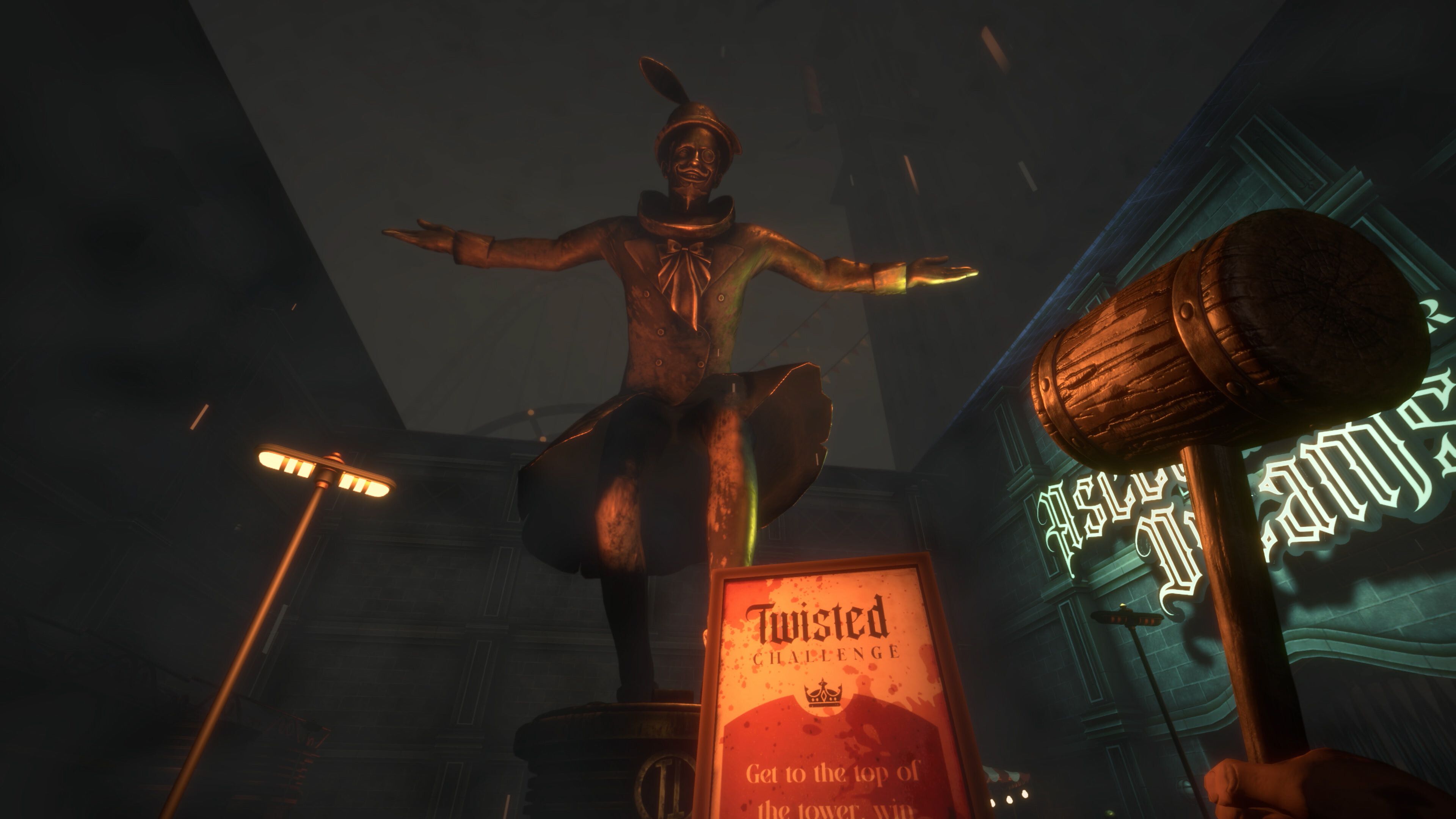
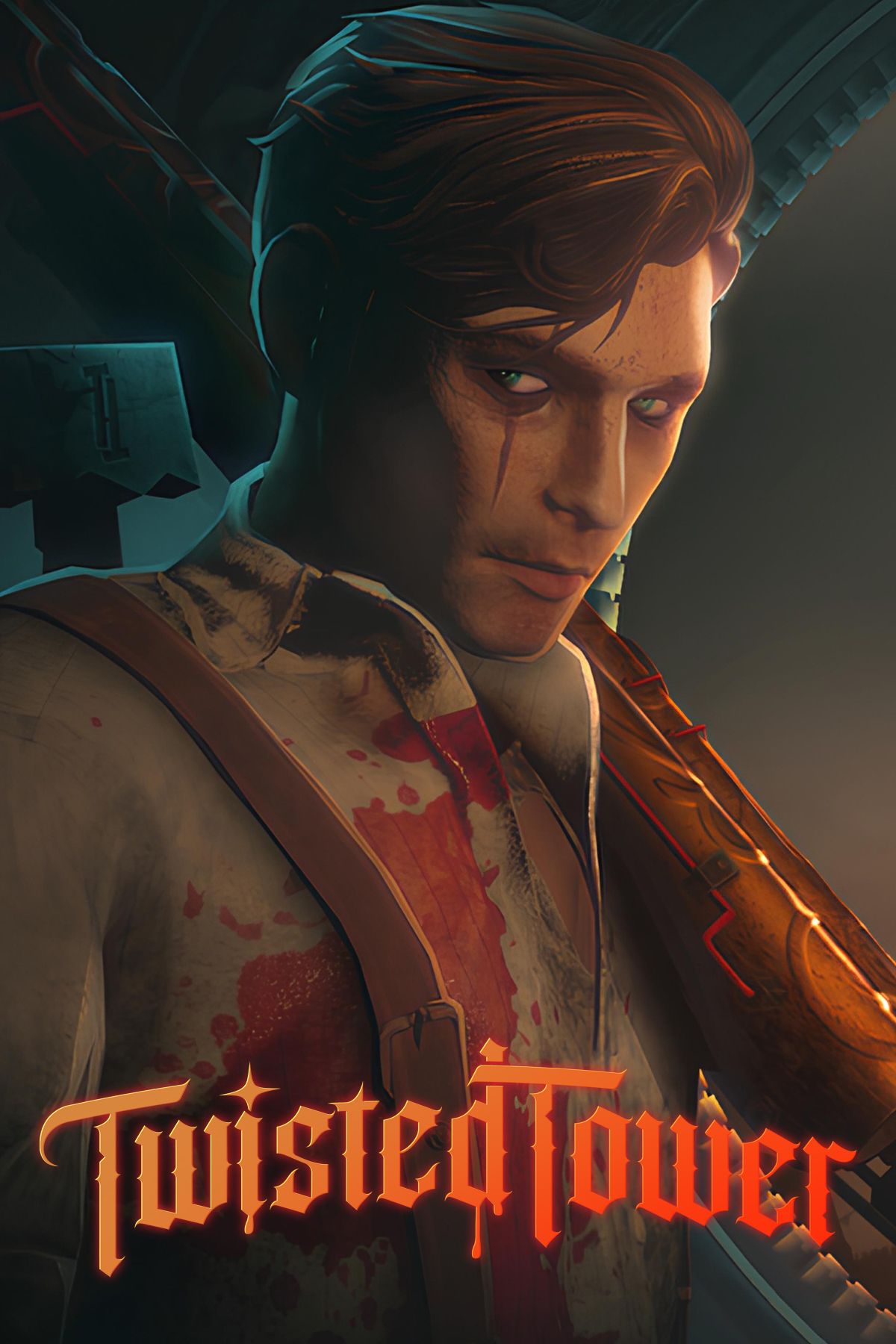




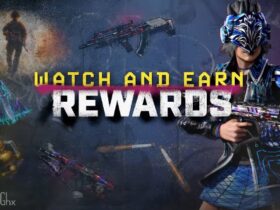

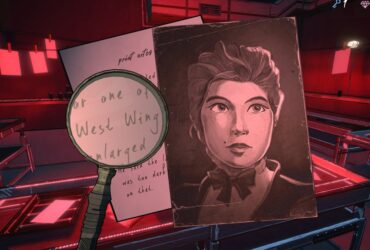

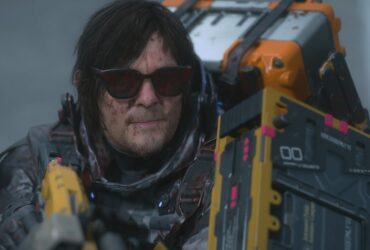
Leave a Reply